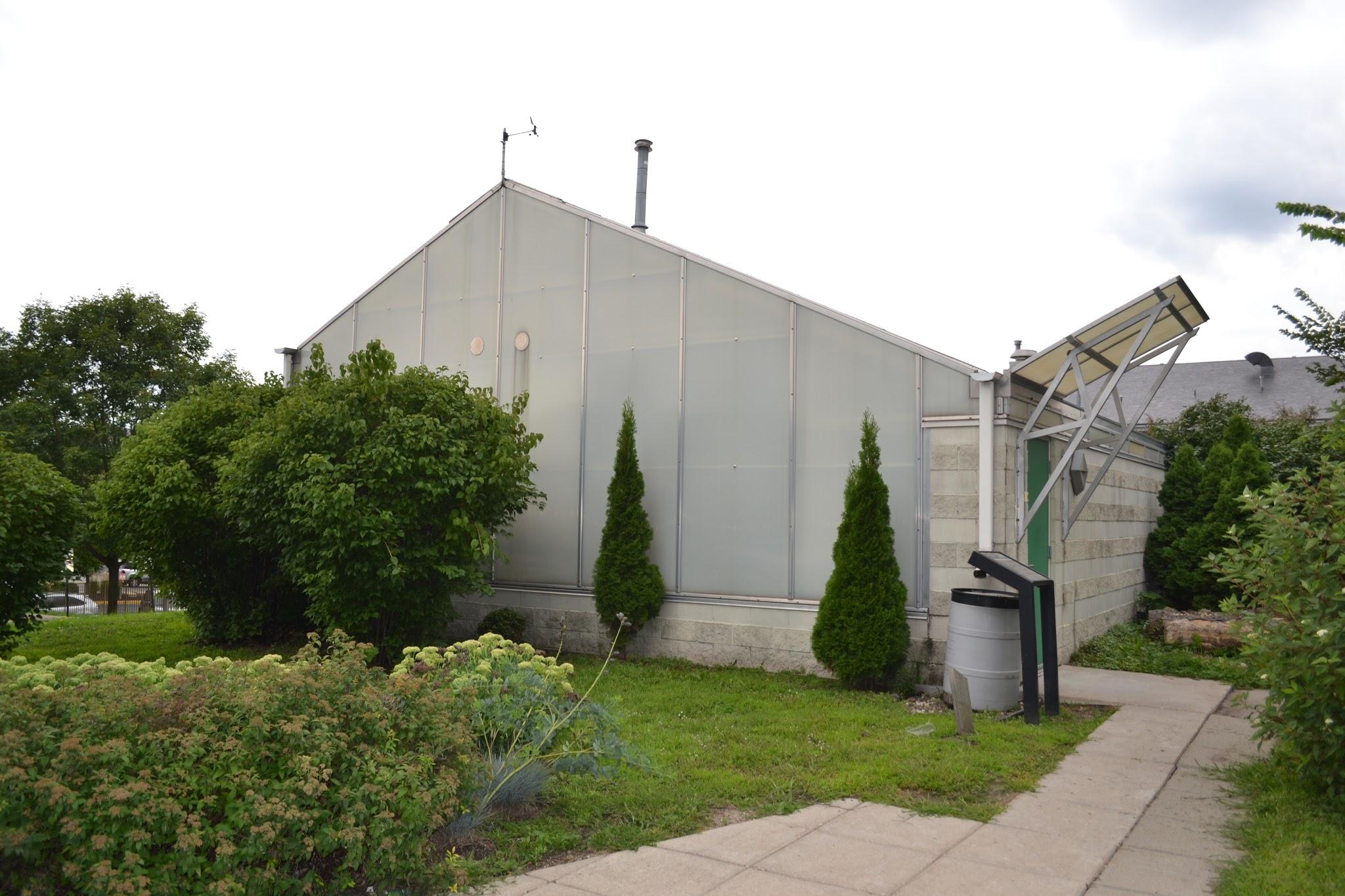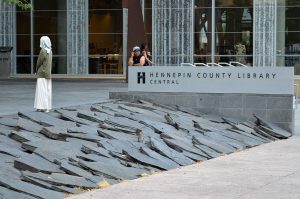This content has been archived. It may no longer be relevant

Joel Vaillancourt
Joel Vaillancourt is a guest writer and currently enrolled at Metropolitan State University.
Share this article:
A vacant greenhouse next to the Library and Learning Center on the St. Paul campus will gain new life thanks to a $400,000 appropriation from the Minnesota State Legislature. By 2019, the building will become the GROW-IT Center, an inclusive research center for students, faculty and the community.
GROW-IT is an acronym for Gateway for Research, Outreach, Workforce Development, Innovation and Teaching.
The greenhouse will be renovated extensively. Three research bays will be converted into one large growing space. An additional restroom will be built and an office will be moved. A front room will host workshops and classes.
Professor Mark Asplen of the Natural Sciences Department has overseen the scientific side of the project. The planning team believes that the GROW-IT Center will be a boon to students studying a variety of subjects, from chemistry to nursing to psychology. “You’re going to have scientists working right next to psychologists and people in other programs,” said Asplen. “Being close together can build collaboration.”
The building has a long history as a space for scientific research. Commissioned and built by the Minnesota Biological Pest Control Research Program in 1998, it was used to study the impact of invasive insects.
In 2008, the recession forced the Minnesota Legislature to implement budget cuts and shutter the site. Later that year, the Minnesota Department of Agriculture transferred the property to Metro State.
Asplen also envisions the site as a space for collaboration between the university and East Side community where the needs of residents can inform the university’s research. “We want to have the community inspire the research in collaboration with the faculty, and work together so that they already know why the research is important,” Asplen said.
Jodi Bantley, Community Engagement Coordinator for the Institute for Community Engagement and Scholarship (ICES), said the GROW-IT Center will be an “urban agricultural gateway” for the East Side. The neighborhood is classified as a food desert, defined by the American Nutrition Association as “a part of the country vapid of fresh fruit, vegetables and other healthful whole foods.”
Bantley explained that the project is a natural next step for a neighborhood with a history of community agriculture.“There’s a very strong movement of organizations on the East Side that includes urban farmers that started early healthy food movements, sustainable agriculture and farm to table practices,” she said.
The university’s decision to work with the nonprofit community organization Urban Roots will provide those working in the GROW-IT Center with a “rich educational opportunity,” according to Metropolitan State President Virginia Arthur. Urban Roots is located at 463 Maria, just steps from the greenhouse. “If you’re doing something in the greenhouse, you’re going to be interacting with members of the community,” said Arthur.
There will be an emphasis on teaching residents about urban agriculture and methods of growing their own fruits and vegetables.
President Arthur believes that having students work together can prepare them for life beyond college. “In real life, we have to interact with people from different backgrounds,” she said. “In real life, your problems are never segmented.”
The transformation of the greenhouse into the GROW-IT Center has been many years in the making. In 2014, talks began at Metro State among members of the faculty and administration about what a renovation of the greenhouse could look like.
Now, in 2017, things are looking very good for the proposed GROW-IT Center. Architectural plans for the project have been drafted, and nearly 75 percent of the funding has been secured.
In total, around $700,000 has been raised between the legislative appropriation and private donations. CHS, sponsor of the St. Paul Saints baseball stadium, donated $235,000. Bantley estimates that the final cost will be $1.1 to $1.2 million.




